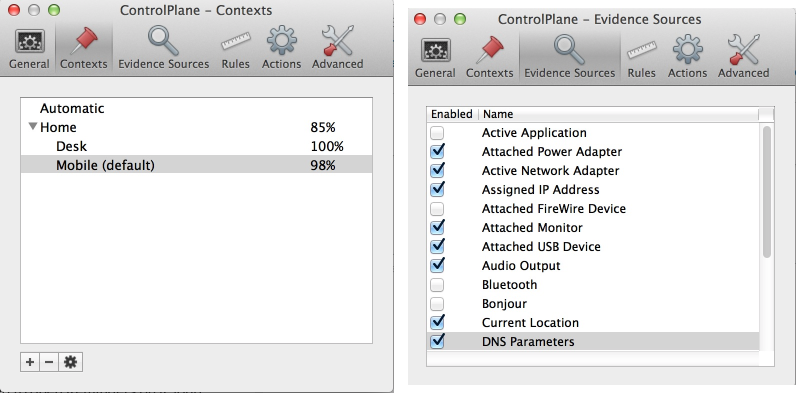

But what if there’s a service that still lives in a different cloud provider, or one that hasn’t been added to the service discovery yet?. In a real app, sometimes there are exceptions that must be hardcoded. In an ideal world, all services use the same template and format, and behave the same way. The option of dynamic or static configuration This helps ensure a that anyone using your control plane will start with a great level of understanding of the metaphors and language that leverages their existing understanding and knowledge. Further, your control plane should use a pre-defined configuration language - either Envoy’s configuration or the configuration language where it will be embedded, like Kubernetes CRDs. Envoy’s documentation is a great example of clear, thorough, and informative development reference. Easy, well-documented configurationĪny tool you use regularly should come with clear documentation of its functions, overrides, and error states. By adding a control plane, the information collected at the SD level gets used to make high-level and vital decisions for each of your services at the network level. Consul is great at adding quick registration/deregistration of instances, but ultimately Envoy makes decisions on traffic and customer requests and how they route based on these services and instances existence. Kube-proxy helps a bit here, but it’s still a purpose-built proxy. Primarily, that all languages already speak it. Similarly, Consul creates .īoth of these run over DNS, which comes with all the features of… DNS. Kubernetes will create DNS entries for each service, so if you have a service named “auth,” you can make requests to .local and it’ll work. To some extent, modern service discovery systems do a lot of this work for you. Optional dynamic or static configuration.There are five features of a great control plane:
#Based on controlplane app code#
Having these tools at your disposal can help you build confidence in your code faster, ultimately leading to shipping more. This central point of control allows you to build whatever workflows you need: blue/green releases, test in prod, shadow traffic, etc. A control plane harnesses this API & can connect it to your service discovery regime. A control plane helps manage configuration, as Envoy defines a management service API to allow dynamic updating of routing configuration across an entire fleet of proxies. Think of a control plane as a Docker-style metaservice for your Envoy proxy. Routes and rules change as services are added and removed, and utilizing a control plane means each service team can fully utilize the power of your front and service mesh proxies. A well-built control plane easily integrates with service discovery and connects to Envoy.

Modern apps at any scale need a standardized approach for dealing with this ever-changing infrastructure. Envoy’s dynamic configuration allows it to keep up-to-date on what infrastructure is available and healthy. Cloud VMs may live for days, and Kubernetes pods may only live for minutes.

In modern environments, hosts don’t live for months or years. Understanding a vital part of connecting Envoy Proxy to your applications


 0 kommentar(er)
0 kommentar(er)
